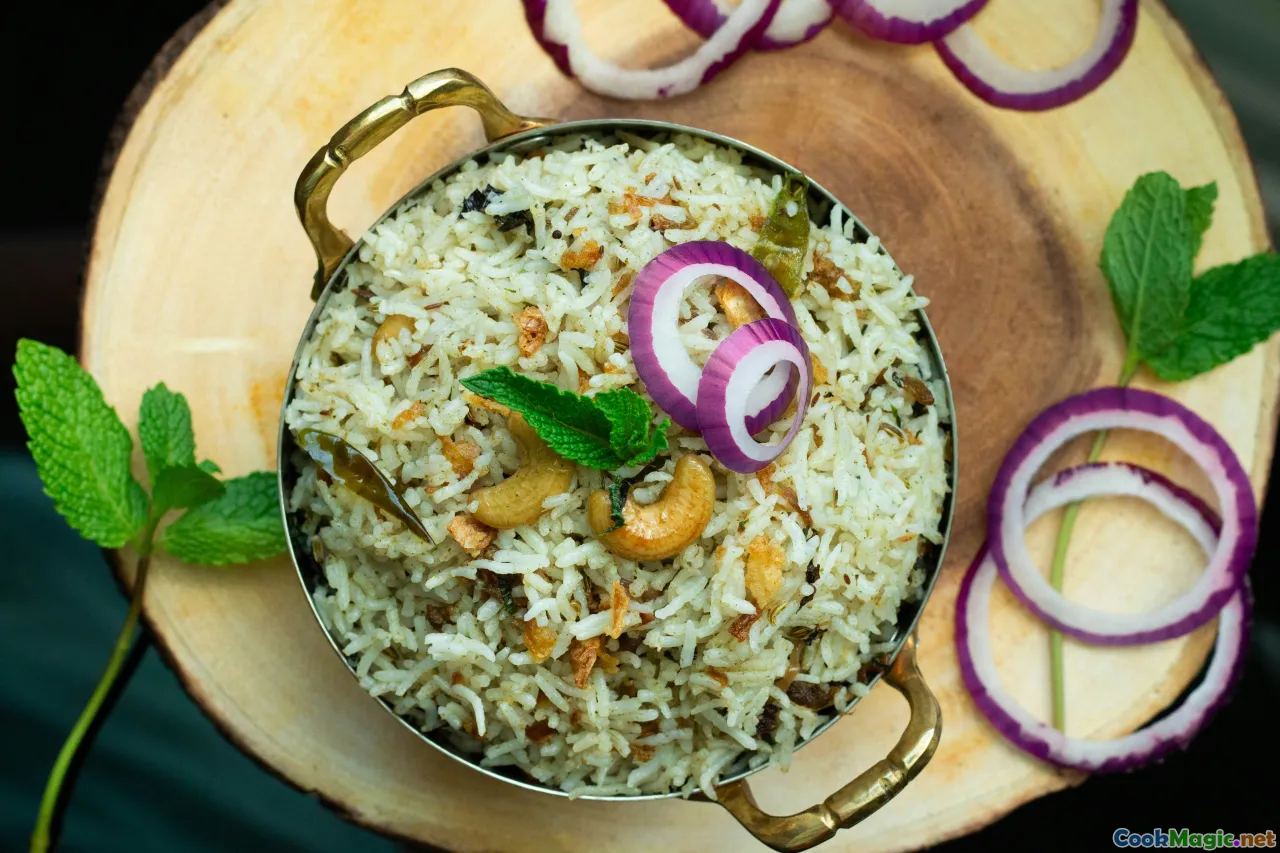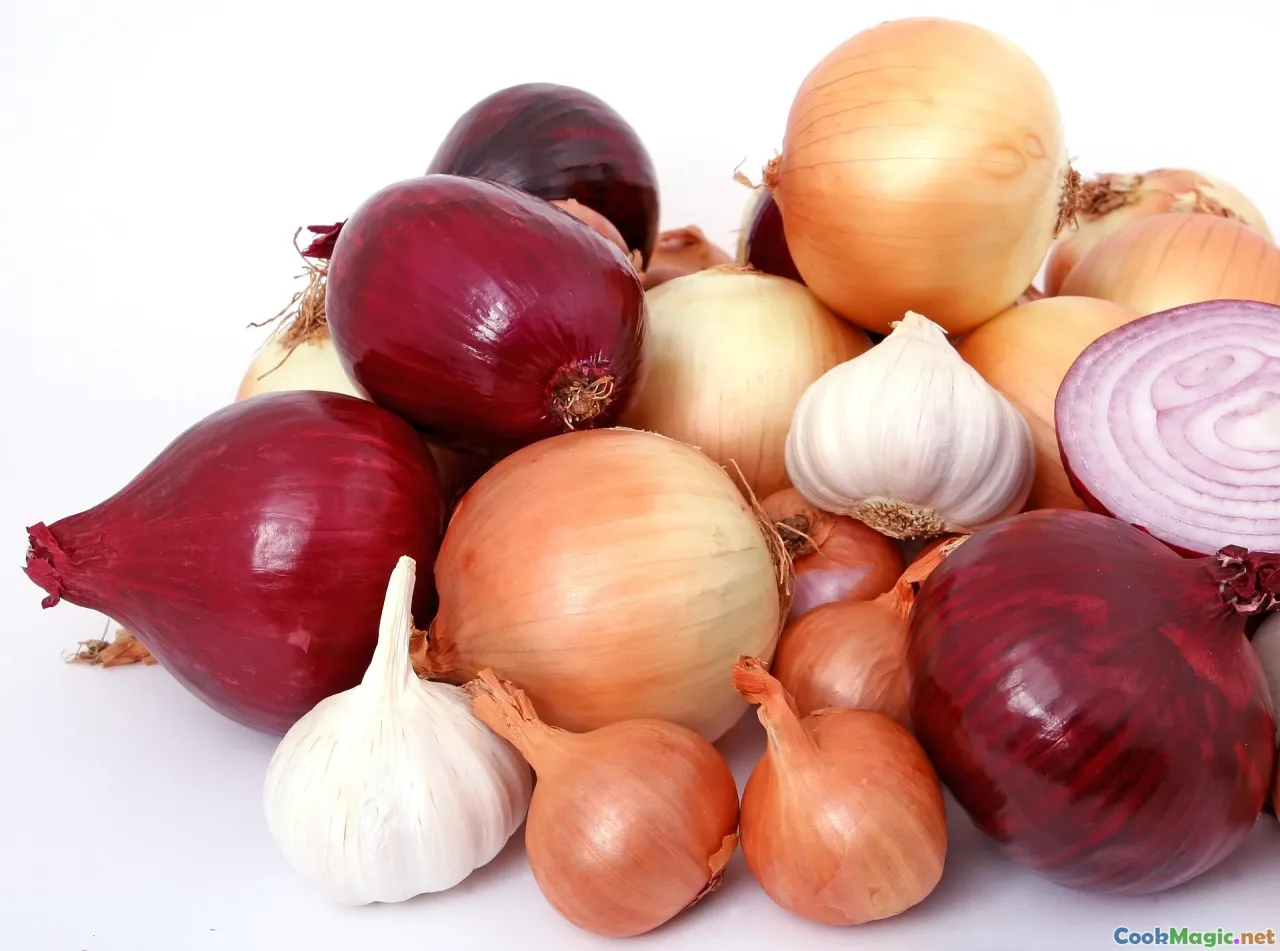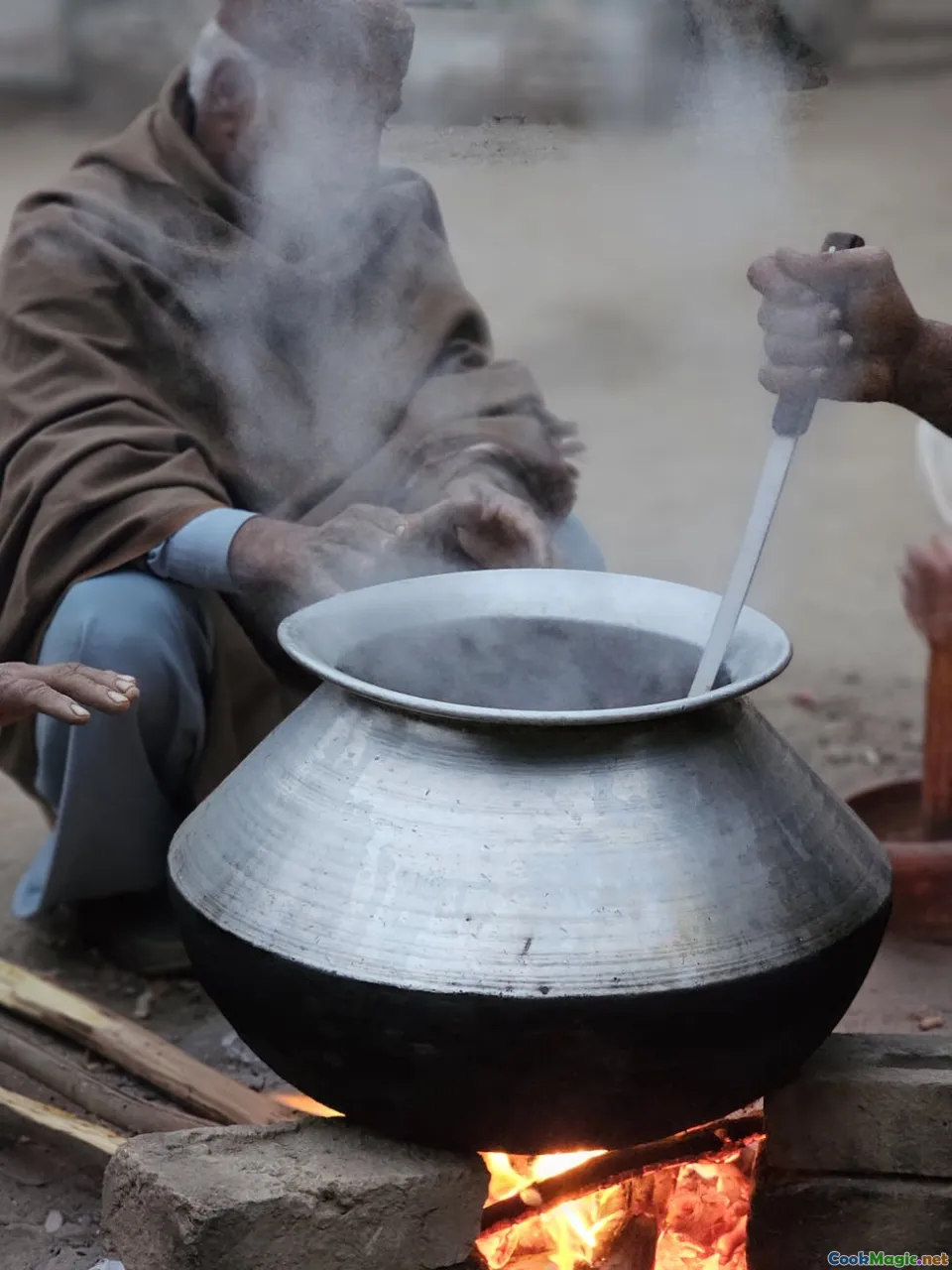Layered Biryanis Techniques for Perfect Flavor
12 min read Discover expert techniques for layering biryanis to achieve balanced flavors and perfect aroma in Indian cuisine. October 01, 2025 21:05
Layered Biryanis Techniques for Perfect Flavor
Few dishes evoke the sensory tapestry of Indian cuisine quite like biryani. It’s more than just rice and spices—it's a regal symphony of aromas, textures, and traditions that dance on the palate. Whether you're nestled in the bustling streets of Hyderabad, the aromatic markets of Kolkata, or a humble home kitchen, mastering the art of layered biryanis unlocks a world of deep flavor and cultural storytelling. The secret isn't merely in the ingredients but in the meticulous techniques that marry depth, aroma, and visual splendor into a single, harmonious dish.
Embarking on the journey of perfect layered biryanis is akin to painting a vivid culinary canvas—each layer a stroke that adds nuance, richness, and personality. The following guide unravels the essential techniques, tried-and-true tips, and insights that will elevate your biryani game from simple rice to a masterpiece of flavors.
The Cultural Canvas of Biryani: From Mughal Courts to Home Kitchens

Biryani’s roots stretch deep into India’s historical fabric, woven through the opulent courts of Mughal emperors and regional royal families. This dish embodies a blend of Persian influences mixed with local Indian flavors—a culinary heritage reflecting centuries of cultural fusion. Traditionally, biryanis were assembled in palaces with an emphasis on presentation, aroma, and layered complexity, symbolizing richness and regal grandeur.
Today, countless regional variations—Hyderabadi, Awadhi, Malabar, Kolkata-style—testify to the dish’s versatile nature. Yet, at their core, all versions rely on precise layering techniques that enhance both flavor infusion and visual appeal. Understanding this historical richness offers a profound appreciation, transforming your cooking from simple assembly into an homage to a centuries-old tradition.
The Foundation: Selecting and Preparing the Rice

The soul of any good biryani begins with the rice. Basmati rice stands out as the crown jewel, prized for its long, slender grains, fragrant aroma, and ability to remain separate and fluffy even after cooking. Quality rice is non-negotiable; opt for aged, basmati grains that have been stored properly to develop optimal aroma and texture.
Pre-Preparation Tips:-Soak the rice in cold water for at least 30 minutes to an hour. This rids the grains of excess starch, prevents clumping, and extends the rice’s cooking resilience.
- Parboil the rice until it is 70–80% done, keeping it slightly undercooked. Drain thoroughly to stop the cooking process.
- Flavorful Water: When parboiling, infuse the cooking water with whole spices—bay leaves, cinnamon sticks, cloves—to impart an aromatic backbone during the steaming phase.
This initial step ensures your rice will be tender, fluffy, and positioned perfectly for the layering process.
Crafting Flavorful and Aromatic Layers

A defining characteristic of a layered biryani is the interplay of flavors across each strata. Building layers involves more than simply stacking rice and meat; it's about creating an aromatic landscape.
Key Elements for Layering:-Marinated Meat: Use a blend of yogurt, spices (garam masala, turmeric, coriander), herbs, and a splash of lemon juice. Marinate for several hours or overnight for deep penetration.
- Fried Onions (Kalonji): Caramelize thinly sliced onions until golden-brown—a crucial fragrant element that lends sweetness and body.
- Sautéed Vegetables or Nuts: Sometimes, adding previously sautéed vegetables or fried nuts like cashews adds textures and richness.
- Herbs and Spices: Layer with fresh mint, cilantro, saffron strands infused in warm milk, and whole spices sautéed briefly in ghee—each contributes its unique note.
In essence, your flavorful base sets the tone, and layering condiments, herbs, and spices ensures every bite bursts with destination-worthy aromas.
The Art of Layering: Building Your Biryani

Layering is both a science and an art. It requires precision, patience, and an intuitive understanding of balance.
**Step-by-Step Technique:**1.Start with a Base: Spread some of the cooked, marinated meat or vegetable mixture at the bottom of your heavy-bottomed vessel—preferably a wide, deep pan. 2. First Layer of Rice: Cover the meat with a generous layer of the parboiled rice. Fluff it with a fork to aerate and prevent clumping. 3. Additional Layers: Repeat the process—adding meat, rice, herbs, and fried onions in alternating layers. For example, a classic Hyderabadi biryani might have three to four such layers. 4. Infuse Aromas: Drizzle saffron milk, ghee, and sprinkle more herbs between layers for richness and aroma. 5. Seal and Cook: Seal the vessel tightly with dough or foil-resistant lid to trap steam—this method, called Dum, allows slow, gentle cooking that melds flavors. 6. Slow Cook: Use the lowest heat setting for 20–30 minutes, allowing steam to circulate but preventing burning. Resist the temptation to lift the lid—patience is key.
This layered approach guarantees each spoonful combines flavors seamlessly, creating a layered depth that is both visually breathtaking and Ulta-sensorily stimulating.
The Magic of Dum Cooking: Maturation and Infusion

Dum is the final, critical step—an old culinary technique that continues the traditional storytelling of biryani. It’s akin to slow-cooking in a magic chamber, where heat and steam fuse the ingredients.
Dum Techniques:-Sealing the Vessel: Use a wheat flour dough or a thick cloth to seal the edges, forming an airtight barrier. This traps evaporated flavors, intensifying aroma.
- Low-and-Slow: Maintain gentle heat; the idea is to create a gentle, constant pressure that gives time for flavors to meld without overcooking.
- Rest Period: Turn off the heat and let the biryani rest for 10–15 minutes before opening.
The residue of caramelized onions, saffron-infused rice, tender meats, and aromatic spices steeps together during this period, transforming the dish into a cohesive masterpiece.
Personal Tips to Achieve Perfection
- Use a Heavy-bottomed Pot: Ensures heat is distributed evenly, preventing burning or scorching.
- Layer thoughtfully: Keep flavors layered but balanced—don’t overcrowd with spices, as excessive seasoning can mask subtle nuances.
- Maintain consistent heat: Whether using a stovetop or an oven, set on the lowest possible setting for Dum.
- Adjust spices and herbs: Consider regional variations—Hyderabadi calls for more mint and saffron, while Kolkata-style biryani emphasizes potatoes and fiery spices.
- Finish with a splash of lemon juice or fresh herbs: Just before serving, for brightness.
Personal anecdote: I vividly remember the first time I attempted a proper Hyderabadi Dum biryani in Hyderabad’s famed Laad Bazaar—laying each layer with care, the fragrant steam wafting up, and the anticipation building. The intricate layering and slow-cooked magic made every bite a symphony of tender meat, fragrant rice, and spice-kissed heat.
Visual Presentation and Serving: Celebrating the Art

A beautifully layered biryani is as much a feast for the eyes as it is for the palate. When serving, carefully invert the biryani onto a large platter or serve directly from the vessel, allowing the colorful layers to peek through.
Garnish generously with freshly chopped mint, cilantro, crunchy fried onions, and slices of boiled egg or grilled meats for festive occasions. Pair with cooling raita, salad, and tangy chutneys to complete the experience.
Served with reverence and accompanied by stories of regional history, each platter becomes a celebration—a tribute to centuries of culinary craftsmanship.
In the end, mastering layered biryanis is about patience, precision, and passion. Every step—selecting the perfect rice, marinating with love, layering thoughtfully, and allowing the magic of Dum to unfold—is a ritual that celebrates India’s rich culinary heritage. When done right, it delivers not just a meal but an experience—comfort, luxury, and an unspoken connection to tradition. Whether cooking for family or elevating your culinary repertoire, these techniques will help you create biryanis that are genuinely unforgettable, imbued with soul and vibrant with flavor.









